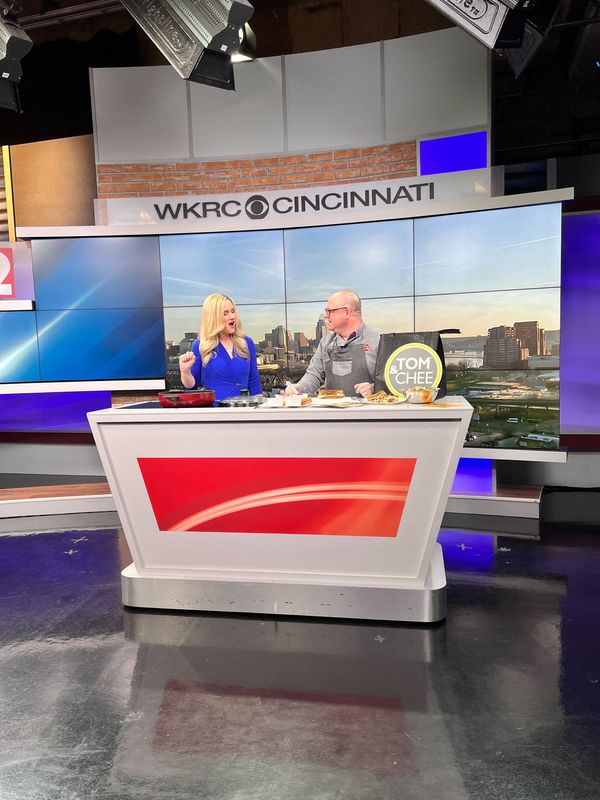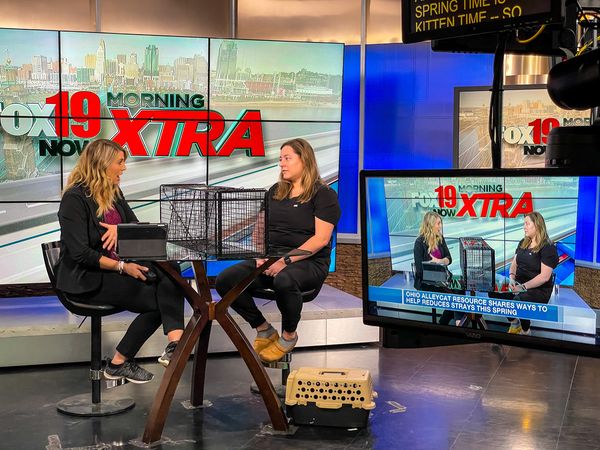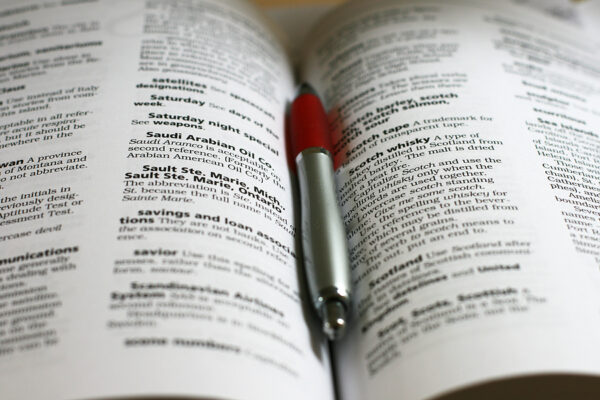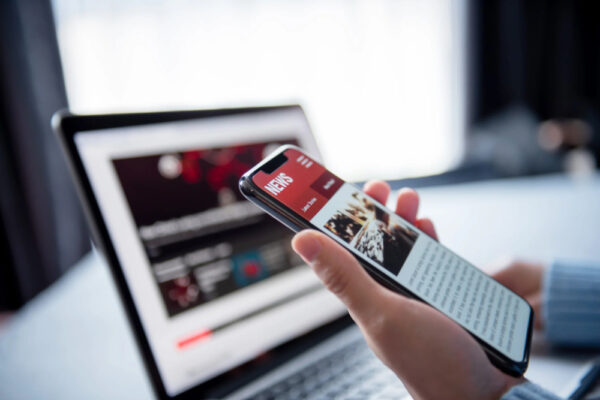It’s no secret that in-studio interviews can be an intimidating task, even for experienced PR professionals who have been to hundreds of them. The wide audience of news programs makes in-studio interviews an excellent way to raise awareness of your brand, but the unpredictability of live TV also means those interviews have the potential to go poorly if an interviewee is not appropriately prepared.
TIP: If you’ve got a remote interview coming up, we’ve got you covered! Take 5 and check out our “8 Tips for a Successful Remote Media Interview.”
Thankfully, our team of media relations experts is here to help! Here are three of our favorite tips for ensuring your next in-studio interview goes off without a hitch:
Tip #1: Punctuality Is Key

Anyone who has been in a newsroom or studio can attest to the fact time is of the essence in television. For producers, a guest failing to arrive at the designated time for their interview can cause a lot of last-minute chaos. Furthermore, the timing of news broadcasts isn’t a perfect science, and sometimes it is necessary for an interview to happen a few minutes earlier or later than originally scheduled — and if the interviewee isn’t there, there’s a good chance the segment could be bumped entirely.
When a producer assigns you a designated on-air time, a good rule of thumb is to arrive 30 minutes early and anticipate staying 30 minutes after your scheduled airtime in case your segment gets delayed. Even if your segment ends up running on time, taking the initiative to arrive early will demonstrate to the producer how much you appreciate the opportunity to be featured (meaning they’re more likely to ask you back in the future!).
Finally, you should be ready to make a hasty exit once your interview ends. News stations often book multiple live interviews each hour, so it is essential to make room for other guests arriving after you.
Tip #2: Preparation Is Paramount
Preparing for an in-studio interview is completely different from preparing for a sit-down interview with a journalist.
Most importantly, live interviews have higher stakes since you don’t have time to take back or rephrase anything you say. With that in mind, one of the best ways to make sure you stay on track during the interview is to prepare and review talking points, outlining the key points that you’d like to make in the interview. Even experts who have been interviewed hundreds of times can benefit from having talking points, especially if the purpose of the interview is to promote a specific initiative in your organization.
Another great way to prepare is to provide visuals that can be used as part of your interview. Television is a visual medium, and news stations are always looking for opportunities to show and tell rather than only tell. For example, if your brand is a restaurant that is offering a new summer menu, consider pitching a cooking demo of the chef preparing their favorite summer menu item. If a more visual segment isn’t possible based on what you’re promoting, offer the station b-roll of your organization in action, or even photos that will allow viewers a more concrete way to visualize what you’re talking about.
Tip #3: Etiquette Is Essential
 Once you’ve done your homework and feel properly prepared, it’s time for your moment in the spotlight! Once the camera pans to you, there are a few pieces of on-air etiquette to remember that will ensure your interview is a success.
Once you’ve done your homework and feel properly prepared, it’s time for your moment in the spotlight! Once the camera pans to you, there are a few pieces of on-air etiquette to remember that will ensure your interview is a success.
For starters, one of the most common mistakes made during an in-studio interview is staring into the camera while speaking. An in-studio interview is meant to be viewed as a conversation, which is why it’s important to look at the anchor/interviewer when you are speaking, or when they are speaking to you.
Another important tip to remember is to use facial expressions and body language to help tell the story you’re trying to convey. Viewers will associate your brand with the way you present yourself in the interview, and the best way to make those viewers feel welcomed is with a smile and friendly demeanor. In addition, using your hands to help tell the story is a great way to keep a viewer’s attention; however, it is also appropriate to keep your hands to your side if you’d prefer.
Finally, don’t forget to thank the interviewer for having you on the show. The best way to work a ‘thank you” into the interview is by mentioning it in the answer to the interviewer’s first question. For example, you could begin your response to a question with “First and foremost, I just wanted to thank you for having me here today …” or something of that nature. Once the interview wraps up and the program goes to commercial, a “thank you” should also be extended to the cameramen and producers who helped to make the segment a success. Your gratitude will not go unnoticed.
Whether you’ve done one in-studio interview or one hundred, the process can still be a little unnerving at times. By consistently implementing these tips to prepare, however, you’ll be able to build your confidence and improve your skills so that people keep talking about your brand.
Have an in-studio interview tip of your own? Share it with us by tweeting @ScooterMedia!
Interested in more media relations tips? Scooter Media has you covered! Check out:


